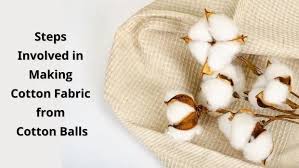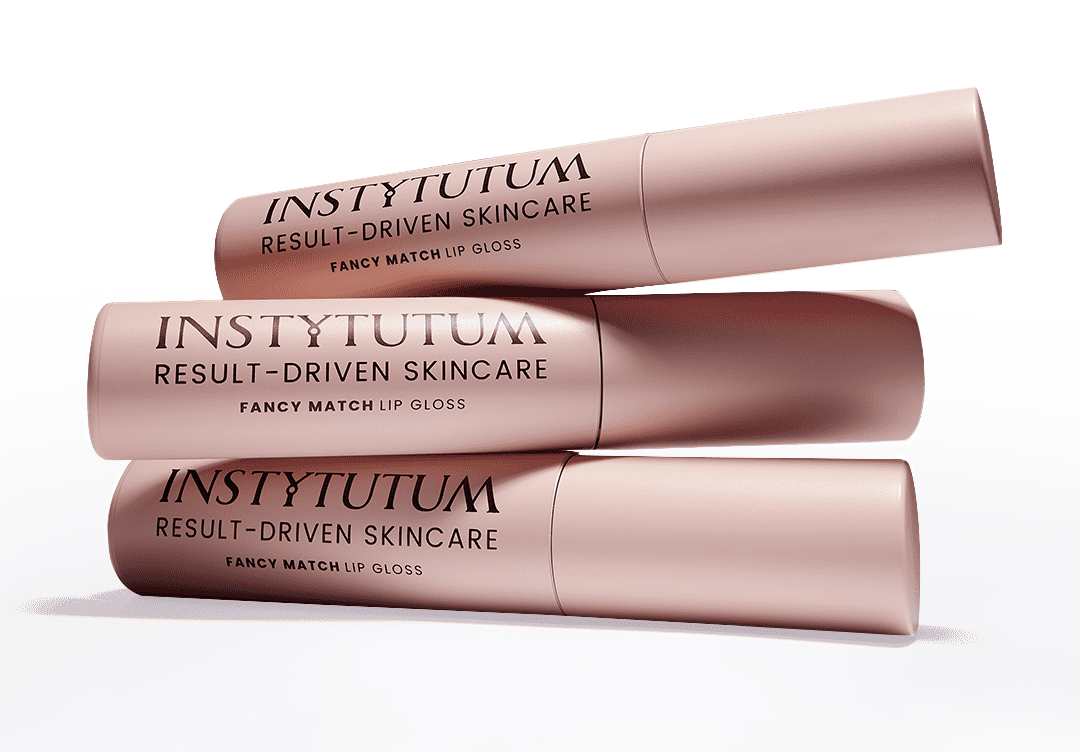Cotton, the quintessential natural fiber, is the backbone of the textile industry worldwide. Its journey from raw material to fabric is a complex yet fascinating process that involves multiple stages of processing, each contributing to the quality and characteristics of the final product. In this article, we delve into the intricate process of how raw cotton transforms into fabric, exploring the various stages involved and shedding light on the significance of best bulk cotton products distribution in the textile supply chain.
Understanding Raw Cotton
Before delving into the processing stages, it’s essential to grasp the nature of raw cotton. Cotton fibers, sourced from the fluffy bolls of the cotton plant, consist mainly of cellulose, a complex carbohydrate. These fibers vary in length, fineness, and strength, depending on factors such as the cotton variety, growing conditions, and harvesting methods.
Ginning
The journey of cotton processing begins at the gin, where the raw cotton undergoes the initial stage of separation. Ginning involves the removal of seeds, dirt, and other impurities from the cotton fibers. This process is crucial as it not only cleans the cotton but also prepares it for further processing. The two primary types of ginning are saw ginning and roller ginning, each offering unique advantages based on the desired fiber quality.
Carding
Once ginned, the cotton fibers proceed to the carding stage, where they are aligned to form a continuous web. Carding helps straighten and parallelize the fibers, removing any remaining impurities and short fibers in the process. This results in a uniform and smooth fiber arrangement, laying the foundation for subsequent processing steps.
Spinning
Following carding, the cotton fibers are spun into yarn through the spinning process. Spinning involves twisting the carded fibers to create strength and cohesion, transforming them into continuous strands of yarn. There are various spinning techniques, including ring spinning, rotor spinning, and air-jet spinning, each offering distinct characteristics in terms of yarn quality and production efficiency.
Weaving or Knitting
Once spun, the yarn is ready to be converted into fabric through either weaving or knitting, depending on the desired fabric structure. Weaving involves interlacing the yarns at right angles to create a woven fabric, while knitting utilizes interlocking loops of yarn to produce knitted fabrics. Both processes offer versatility in fabric design and can accommodate a wide range of fiber types and yarn counts.
Finishing
After weaving or knitting, the fabric undergoes finishing treatments to enhance its properties and appearance. Finishing processes may include washing, bleaching, dyeing, printing, and applying special finishes such as softeners or wrinkle-resistant coatings. These treatments not only improve the fabric’s aesthetics but also impart functional attributes such as durability, colorfastness, and comfort.
Quality Control
Throughout the processing journey, stringent quality control measures are implemented to ensure that the final fabric meets the desired standards of quality and performance. Quality control encompasses various aspects, including fiber characteristics, yarn strength, fabric weight, color consistency, and dimensional stability. By maintaining high-quality standards at every stage, manufacturers can deliver superior bulk cotton products to consumers and businesses alike.
Bulk Cotton Products Distribution
Once the fabric is produced, it enters the distribution phase, where it is packaged and shipped to retailers, wholesalers, garment manufacturers, and other end-users. Bulk cotton products distribution plays a pivotal role in the textile supply chain, facilitating the efficient movement of goods from production facilities to market destinations.
Distribution channels for bulk cotton products encompass a diverse range of avenues, including traditional brick-and-mortar stores, online marketplaces, wholesale distributors, and direct sales networks. Each channel offers its unique advantages in terms of reach, accessibility, and customer engagement, catering to the diverse needs of buyers in domestic and international markets.
Key Considerations in Distribution
Effective distribution of bulk cotton products requires careful consideration of various factors, including logistics, inventory management, market demand, and regulatory compliance. Timely delivery, accurate order fulfillment, and cost-effective transportation are essential components of a successful distribution strategy. Additionally, leveraging technology such as inventory tracking systems, supply chain analytics, and e-commerce platforms can enhance efficiency and transparency across the distribution network.
Sustainability and Ethical Sourcing
In today’s environmentally conscious marketplace, sustainability and ethical sourcing practices are gaining prominence in bulk cotton products distribution. Consumers and businesses are increasingly demanding transparency and accountability in the supply chain, driving the adoption of sustainable production methods, organic farming practices, and fair labor standards. By prioritizing sustainability and ethical sourcing, distributors can not only meet market expectations but also contribute to positive social and environmental impact.
Conclusion
The journey of raw cotton into fabric and its subsequent distribution as bulk cotton products is a testament to the ingenuity and collaboration within the textile industry. From the fields where cotton is grown to the shelves where finished products are displayed, each stage of the process involves meticulous attention to detail, innovation, and expertise. By understanding the intricacies of cotton processing and embracing best practices in distribution, stakeholders across the supply chain can uphold the legacy of cotton as a versatile and sustainable textile fiber, meeting the evolving needs of consumers worldwide.
FAQs
1. What is the initial step in converting raw cotton into fabric?
The initial step involves harvesting mature cotton bolls from cotton plants. Once harvested, the cotton undergoes ginning, a process where the seeds are removed from the cotton fibers. This leaves behind raw cotton fiber that is then ready for further processing.
2. How is raw cotton fiber transformed into yarn?
After ginning, the raw cotton fibers are cleaned and straightened through processes like carding and combing. Carding aligns the fibers into a thin web, while combing removes shorter fibers and ensures uniformity. The aligned fibers are then spun into yarn using spinning machines. This yarn can be further twisted to enhance its strength and durability.
3. What happens to the yarn to turn it into fabric?
The yarn is then woven or knitted into fabric on looms or knitting machines. In weaving, the yarn is interlaced at right angles to create a stable fabric structure. Knitting involves looping the yarn together to form a flexible fabric. After weaving or knitting, the fabric may undergo processes like dyeing and finishing to achieve the desired color, texture, and properties.
4. How does fabric production ensure quality and consistency?
Fabric production involves rigorous quality control measures at every stage. Advanced machinery is used to monitor yarn thickness, tension, and other parameters during spinning, weaving, and knitting. Quality inspectors examine the fabric for defects and consistency throughout the manufacturing process. Additionally, modern technologies like computer-aided design (CAD) and computerized manufacturing systems help optimize production efficiency and ensure uniformity in the final fabric.





